1. They Are Getting Smaller

Polar bears have always been the undisputed giants of the Arctic, but scientists are noticing a disturbing trend—these massive predators are shrinking. With sea ice disappearing at a record pace, polar bears are struggling to find enough food, and their bodies are paying the price. Instead of the thick, powerful bears that once ruled the frozen landscape, researchers are now finding smaller, thinner individuals, a sign that their environment can no longer support them the way it once did. When a top predator starts to shrink, it signals something deeply wrong with the ecosystem.
The loss of body mass isn’t just a cosmetic issue—it affects their survival in multiple ways. Smaller bears struggle to hunt efficiently, and mothers have a harder time producing enough milk for their cubs. Weaker bears also have lower chances of surviving the brutal Arctic winters, leading to population declines. This shift in size isn’t a slow, long-term change either; it has become noticeable within just a few generations, showing how quickly climate change is altering life for these magnificent creatures. If this trend continues, the polar bear of the future might look dramatically different from the powerful predators we recognize today.
2. They Are Starving More Often

Polar bears are known for their impressive ability to go months without food, but even they have their limits. As sea ice melts earlier and forms later each year, polar bears are being forced to go without food for longer than ever before. Their main source of nutrition—seals—are harder to catch when there’s no ice to hunt from, leaving these massive carnivores desperate and weak. Once-fat bears that could survive long fasting periods are now showing up emaciated, struggling to move, and even resorting to eating whatever they can find, including garbage from human settlements.
A starving polar bear is a dangerous polar bear, not just to itself but to everything around it. In some areas, polar bears have been seen scavenging bird colonies, raiding human communities, and even turning on each other in a desperate bid for survival. Cubs, in particular, suffer the most since their mothers can’t provide enough nourishment, leading to higher mortality rates. Scientists warn that if these food shortages continue, polar bears could reach a tipping point where their populations collapse beyond recovery. The Arctic isn’t just changing—it’s becoming unlivable for its most iconic resident.
3. They Are Losing Their Hunting Skills

Polar bears are born hunters, masters of stealth and patience, but the skills they’ve relied on for thousands of years are becoming useless in their changing world. These animals have evolved to hunt seals on the ice, using their powerful bodies to break through thick layers of snow and waiting for hours at breathing holes. But with ice disappearing, their primary hunting grounds are vanishing, forcing them to find food in ways they aren’t adapted for. Some bears have been spotted swimming for days in open water, hoping to find a piece of ice to rest on, while others are seen wandering aimlessly on land, unsure of how to hunt in unfamiliar territory.
This loss of hunting ability is particularly alarming for younger generations of bears that never get the chance to learn these essential survival skills. Cubs that would normally be taught by their mothers are growing up in an environment where traditional hunting is nearly impossible. Without these skills, their chances of reaching adulthood are slim. Scientists fear that an entire generation of polar bears could be lost, not just to hunger but to the simple fact that they are no longer learning how to be polar bears.
4. They Are Swimming Longer Distances
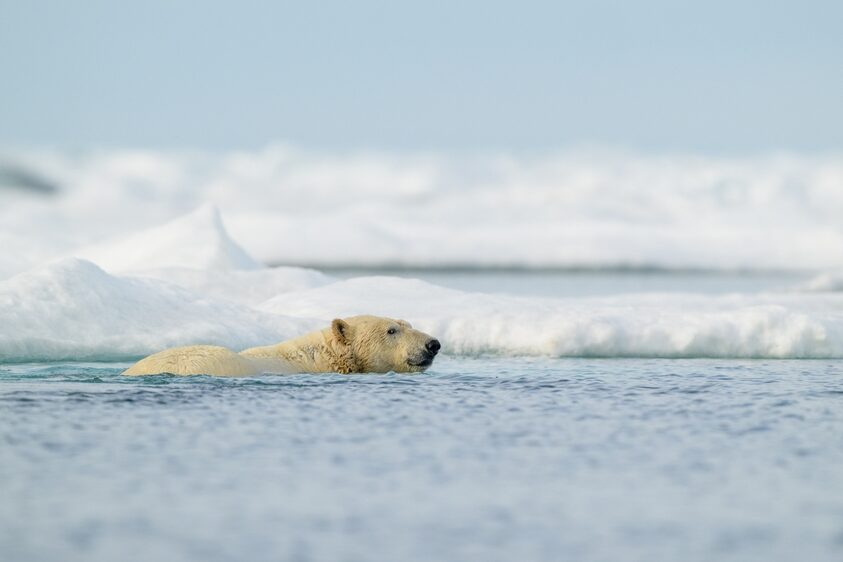
Polar bears are strong swimmers, but even their endurance has limits. With fewer ice platforms to rest on, some bears have been forced to swim for hundreds of miles at a time in search of food or solid ground. While adult bears might have the strength to survive these marathon swims, cubs are far less fortunate. Many young bears drown before they ever reach safety, making long-distance swimming one of the leading causes of cub mortality in some regions.
These exhausting swims are also draining for adult bears, leaving them weaker and more vulnerable to starvation. Scientists have tracked bears swimming for days, only to arrive at a new location too exhausted to hunt effectively. This constant movement burns valuable energy that they can’t afford to lose. If the ice continues to disappear, polar bears may reach a point where they are simply unable to swim far enough to find food, leading to an even more rapid decline in their populations.
5. They Are Wandering Into Human Territories
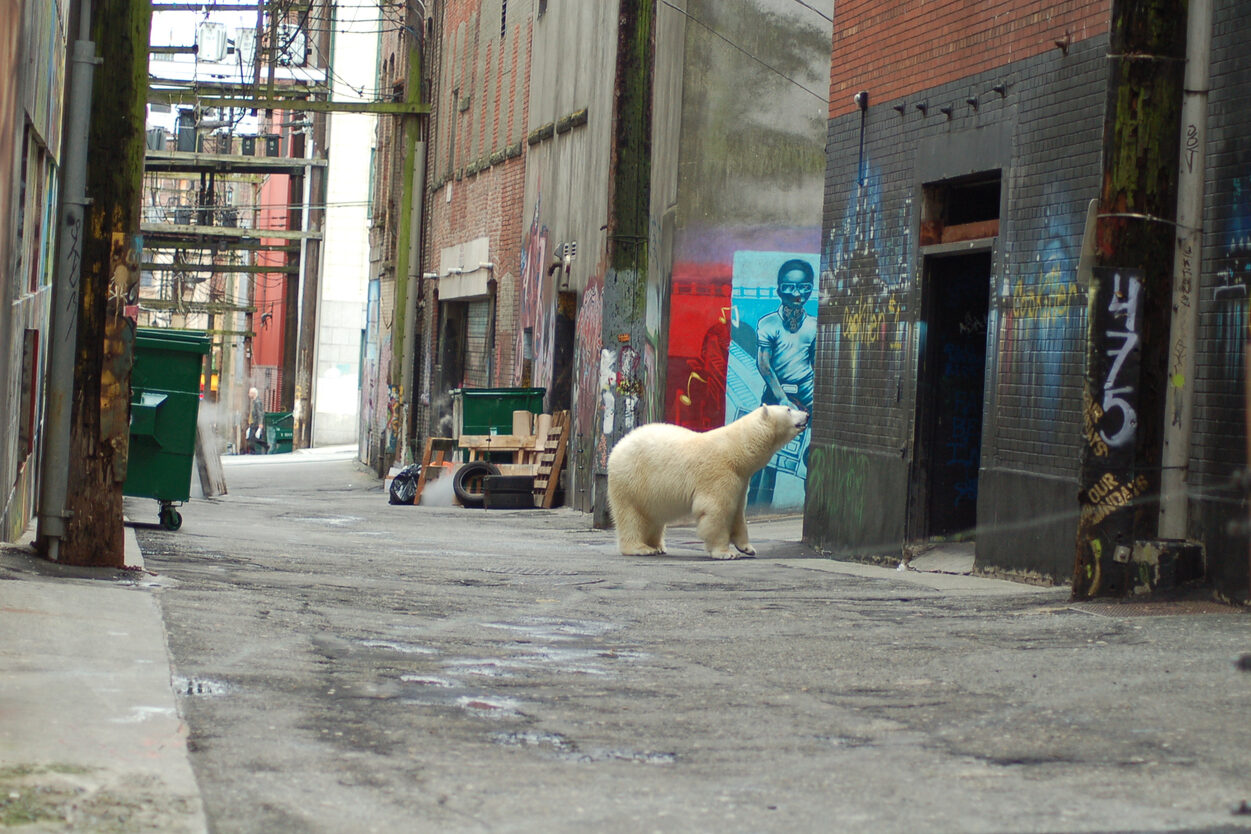
Once creatures of the deep Arctic, polar bears are now showing up in places they were never meant to be. With their natural habitat disappearing, some bears are venturing into human settlements, searching for food anywhere they can find it. From rummaging through trash to breaking into homes, these once-rare encounters are becoming more frequent and more dangerous—for both bears and humans. Communities in Arctic regions are being forced to adapt, with some installing electric fences or employing patrols to keep the hungry bears at bay.
These encounters often end badly for the bears. Many are shot by locals defending their homes, while others are relocated to unfamiliar territories where they struggle to survive. Even worse, some bears become dependent on human food sources, losing their natural hunting instincts and putting themselves at even greater risk. The increasing overlap between human and polar bear populations is a clear sign that the Arctic is no longer providing what these animals need, forcing them into desperate and dangerous situations.
6. They Are Having Fewer Cubs

Polar bears have always had a slow reproductive rate, but now, their ability to raise the next generation is in serious trouble. With food becoming scarcer, female bears are struggling to gain the fat reserves necessary to sustain pregnancy and nurse their cubs. In the past, a healthy female could give birth to twins or even triplets, ensuring at least some of her offspring would survive. But today, researchers are seeing more single births, weaker cubs, and an increasing number of failed pregnancies. Without enough energy, some mothers are even abandoning their young—a heartbreaking but necessary choice for their own survival.
The consequences of this decline in births are alarming. Fewer cubs mean fewer bears reaching adulthood, which means fewer chances for the species to maintain a stable population. If birth rates continue to drop at this pace, the polar bear population may dwindle to unsustainable levels within a few decades. Even in protected areas, where hunting is restricted, nature itself is working against them. The Arctic is changing too fast for these bears to adapt, and every lost cub pushes them closer to the brink.
7. They Are Becoming More Aggressive
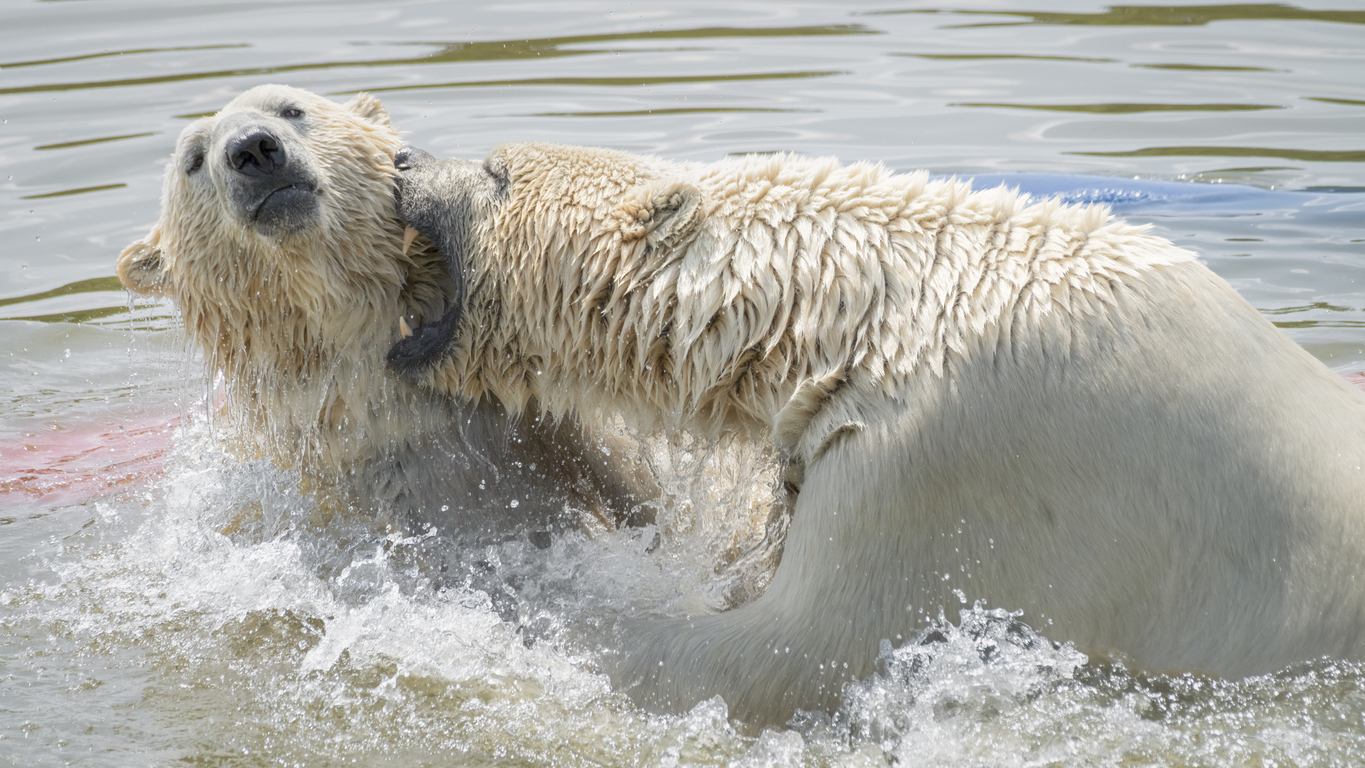
Polar bears have never been known for their friendly demeanor, but as their situation grows more desperate, they are becoming noticeably more aggressive. In the past, these solitary animals mostly kept to themselves, avoiding unnecessary fights. But hunger changes everything. More and more, scientists are witnessing polar bears attacking each other over food, competing fiercely for what little remains. In extreme cases, adult bears have been seen preying on cubs and even resorting to cannibalism—something that was once considered extremely rare.
This increase in aggression isn’t limited to interactions with other bears. Humans who live in Arctic communities are reporting more close encounters, with some bears showing little fear of people. Desperation is making them bolder, forcing them to approach villages, hunting camps, and research stations in search of food. What used to be a rare and fascinating sight is now becoming a terrifying reality for those who share space with these predators. With their survival at stake, polar bears are losing their caution—and that makes them more dangerous than ever.
8. They Are Spending More Time on Land
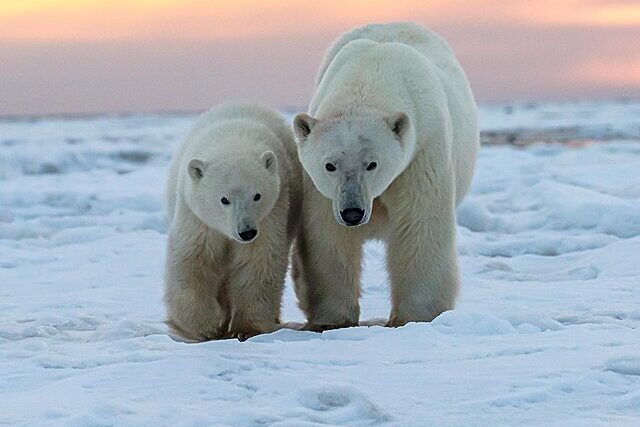
Polar bears are built for ice, not land. Their massive bodies and thick fur make them excellent swimmers and hunters in freezing waters, but on solid ground, they are clumsy and inefficient. Yet, as the ice disappears, more and more bears are being forced to spend longer periods on land, where food is scarce and temperatures are warmer than they prefer. Unlike grizzly bears, which can adapt to a land-based diet, polar bears struggle to find enough nutrition in these unfamiliar conditions. Some scavenge carcasses, others attempt to hunt small mammals, but none of these food sources provide what they truly need.
Being stuck on land also exposes them to new threats. With less ice to retreat to, they are more vulnerable to human activity, from industrial development to poaching. Warmer temperatures also bring an increase in disease and parasites, something polar bears have rarely had to deal with in the past. Their bodies are designed for the extreme cold of the Arctic, and as their environment shifts, they are being pushed into places where they simply don’t belong.
9. They Are Struggling to Find Mates
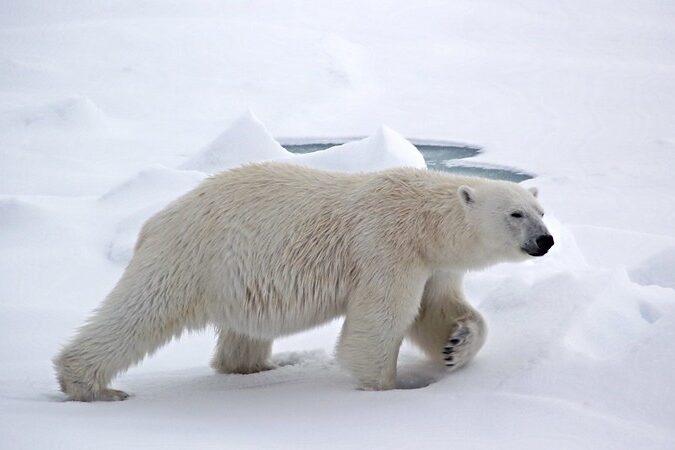
In the vast, frozen wilderness of the Arctic, finding a mate has always been a challenge, but now, it’s becoming nearly impossible. Polar bears rely on sea ice not just for hunting, but also for meeting potential mates. Males track females over long distances, using their keen sense of smell to find a receptive partner. But as the ice disappears and populations become more fragmented, some bears are going years without encountering a suitable mate. This isolation is leading to a decline in successful breeding, further worsening their already fragile population numbers.
The problem is especially pronounced for younger bears that are just reaching maturity. Without opportunities to interact and learn courtship behaviors, some are simply never reproducing. In a species that already has a slow reproductive cycle, this is a major red flag for conservationists. If bears can’t find each other in time, their numbers will dwindle even faster than expected. The Arctic is becoming an increasingly lonely place for these magnificent creatures, and loneliness could be one of the factors sealing their fate.
10. Their Future Is Uncertain

Perhaps the most terrifying thing scientists have discovered about polar bears isn’t just what’s happening to them now—it’s what the future holds. Every year, new data suggests that the Arctic is changing even faster than expected, and the window for these bears to adapt is closing rapidly. Without immediate action to slow climate change and protect their remaining habitat, the fate of the polar bear looks grim. Some projections estimate that if current trends continue, wild polar bears could disappear from many regions within this century.
The idea of an Arctic without polar bears is almost unthinkable, yet it is a very real possibility. These animals have roamed the ice for thousands of years, perfectly adapted to one of the harshest environments on Earth. But even their resilience has limits. What happens to them will be a direct reflection of humanity’s impact on the planet. If we lose the polar bears, it won’t just be their loss—it will be ours, too.


